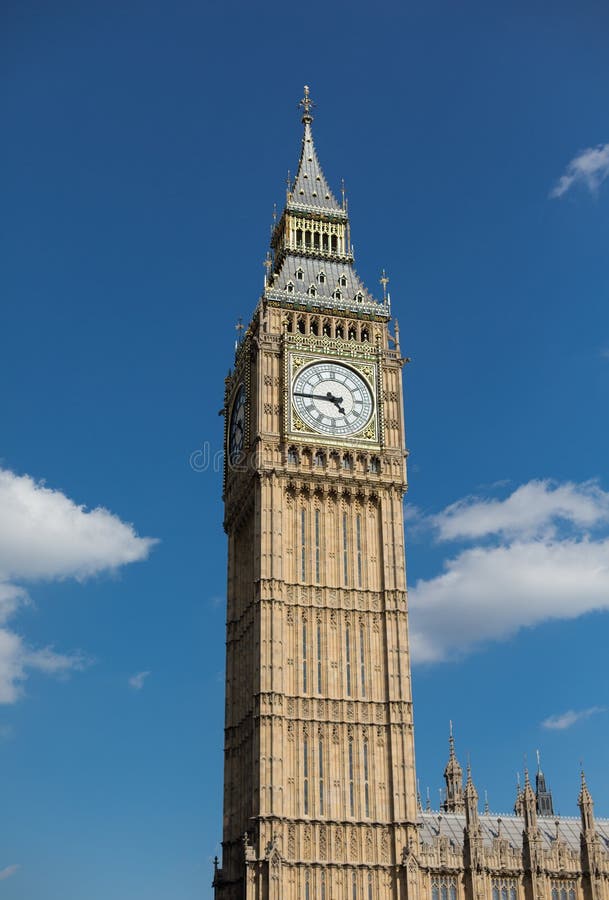

The major issue with Büyük Saat today is the lack of pedestrian areas at its base. The times for Islamic prayer, previously defined by the position of the sun, were also now set by Büyük Saat. After the construction of the tower, the city's officials arranged their office hours according to the time given by Büyük Saat. Every hour, the loud bell of the tower, which could be heard from most sections of the city, would ring.


The construction of the Büyük Saat made the residents' life easier by improving their timekeeping. Büyük Saat was the highest of them all, the second-highest being the Dolmabahçe Clock Tower in Istanbul. There were rumors that the water that springs from the foundations had healing powers.ĭuring the period of its construction, similar clock towers were also built in the other large cities of the Ottoman Empire. The tower has a height of 32 m (105 ft), but the depth of the foundations is thought to be even deeper, at 35 m (115 ft). It has since stood as one of the major landmarks of the city.īüyük Saat was constructed as a square prism, and its tower walls were built with bricks. Mayor Hacı Yunus also made a significant contribution to the construction. It was completed by the mayor Mangoyan in 1882, as a symbol of modernization. Besides the architect mayor, another Armenian architect, Kasbar Agha Bzdikian, was also responsible for its design. The construction of Büyük Saat was started in 1879 by the mayor Kirkor Bezdikyan. Bezdikyan was also the architect of the tower together with another Armenian architect Kasbar Agha Bezdikyan. The tower was constructed by the mayor Kirkor Bezdikyan on the main street (Roland street, now known as Ali Münif) who was credit for starting the first modern municipal governance.

During this period many Ottoman and European businesses, moved to the city for the exploding cotton trade. The tower symbolizes the modernization of the city, which lasted from 1863 to the Adana massacre.


 0 kommentar(er)
0 kommentar(er)
